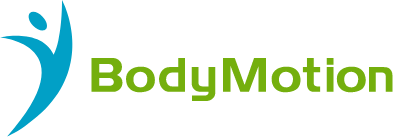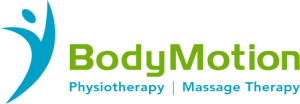Trigger points are discrete, hyper-irritable spots located in a taut band of skeletal muscle. They produce pain locally but that’s not all! Unlike a more simple adhesion, when addressed – trigger points activate pain in a different area of the body – which is commonly called “referred pain”. The pattern of referred pain, while not identical from person to person, is extremely consistent for most people.
Trigger points can be the result of many things, including physical trauma (like an injury or accident) or unhealthy repetitive use of muscles which in turn causes great stress in the body. For example, improper sleeping positions, carrying a bag on the same shoulder every day, even muscles used to maintain our every day posture! (like muscles in your back, neck, shoulder and hips). Certain kinds of visceral diseases or even emotional distress can mean that you are more likely to have active trigger points.
When a trigger point is located it has a few characteristics which lets your therapist know what they are dealing with. Even at first touch your therapist will feel a bundle or nodule of muscle fibers that are harder than normal consistency. You will feel hypersensitive in that spot (maybe even having a ‘jump’ in reaction) as well as pain that radiates toward that trigger points referred pain pattern. There may also local twitch response, which is defined as a brief, contractile response of a skeletal muscle elicited by a single maximal volley of impulses in the neurons supplying it.
There are two trigger point categories:
- Active: Causes pain at rest. Pain is often described as shooting or radiating.
- Latent: Does not cause spontaneous pain, but pain is present when the area is touched or “palpated”. May restrict movement or cause muscle weakness.
Trigger point symptoms can manifest in many ways:
Pain: Persistent, Aching, Stinging, Burning,Throbbing
- Decreased Range of Motion
- Weakness
- Reduced Stamina
- Tension Headache
- Pain Behind your Eyes
- Unprovoked Sweating
- Insomnia
- Muscle Spasms
- Dizziness or Vertigo
- Ringing in your Ears
There are some great ways to treat trigger points:
Deep massage designed for trigger points can work wonders. Your therapist can be specific and attentive to the trigger point – feeling the tissue soften and dissipate under their touch. In some cases, dry needling can be used to deactivate these troubled areas.
For your self care at home – stretches will definitely help! We will talk to you about which stretches will target the exact muscles affected by the trigger point. Also, like so many body issues – being mindful about how you use your body in your daily life can be preventative as well as corrective.
Possible ways to prevent trigger points:
- Good body mechanics & posture
- Regular full body physical activity/exercise followed by a resting period
- Stretching of high-risk muscles
- Regular maintenance Physiotherapy treatments and/or massage sessions
If you would like to speak to a Physiotherapist or Massage Therapist about Trigger Points, or you would like further information, please just give us a call on (03) 9873 3333.
(Sourced from: http://blog.mendinghands.com/2010/01/what-is-trigger-point.html)



